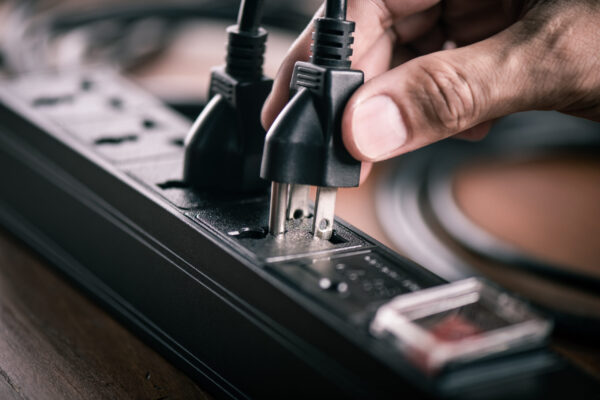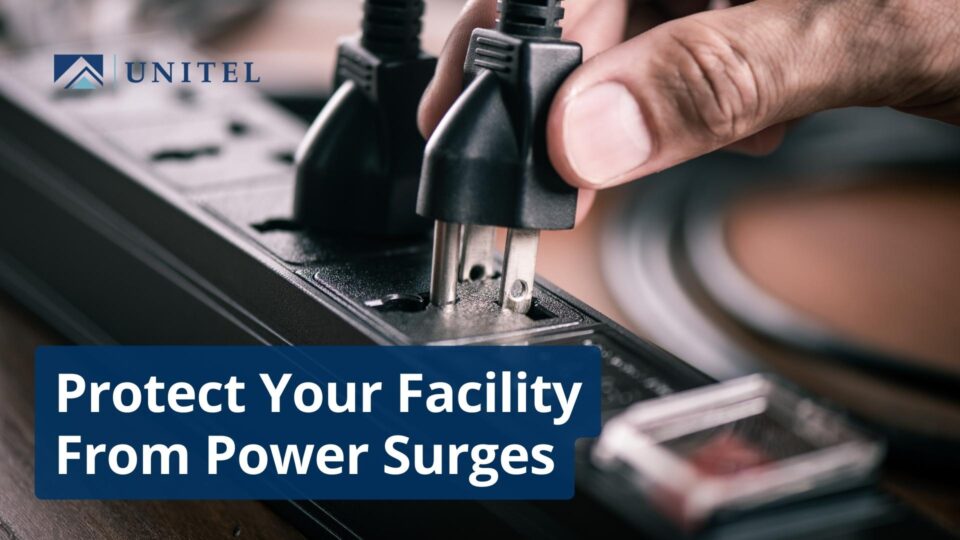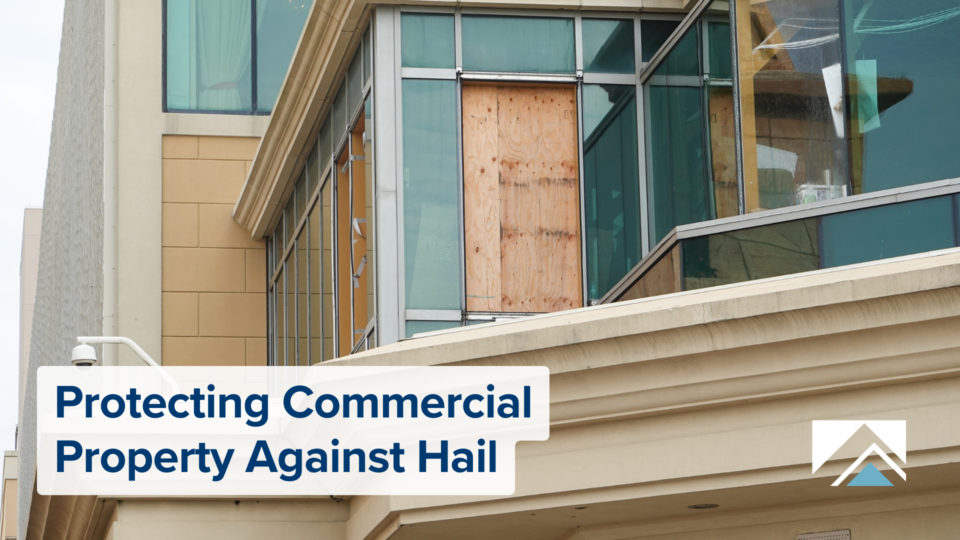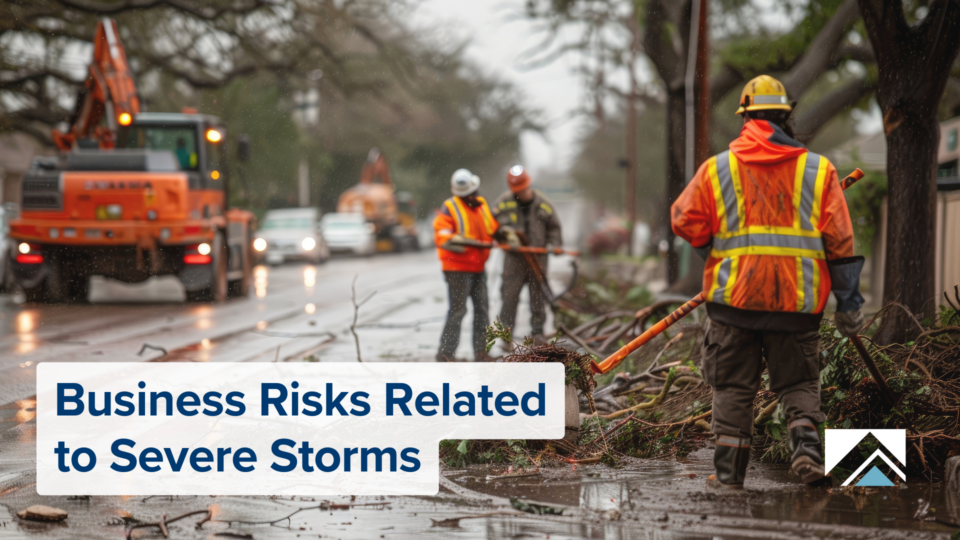You have a fire extinguisher and sprinkler system to protect your communications business from a fire, a first aid kit handy in the event an employee suffers an injury, but what about a comprehensive surge protection system to avoid damages caused by an electrical surge at your CO or tower site? Power surges can happen anytime. Although most of us think of lightning as the main culprit of power surges, most of the time they are caused by electrical devices that require lots of power to operate.

The Dangers of a Power Surge
A power surge may only last a millisecond, but the resulting problems could easily affect your business for days, weeks or months to come. Power surges are one of the most severe and common dangers to sensitive communications equipment. The annual cost to the communications industry each year is staggering.
Proper Grounding is Your First Line of Defense
Whether the power surge is caused by a lightning strike, problems within your equipment or issues resulting from your local power company, surge protection devices (SPD) are your best protection. SPDs detect excess voltage and ground the extra electricity, which means it’s important that your facility has a good, low-resistance grounding system. The National Electric Code 250.46 specifies that grounds should be less than 25 ohms. However, in facilities with sensitive equipment like a Central Office (CO) or tower site, it is recommended grounds be 5 ohms of resistance or less (RUS requirement). Without proper grounding, there is no way to protect against surges.
Use a Zone Approach to Surge Protection Devices
One of the best ways of protecting your communications and other electrical equipment from surges is to install SPDs strategically throughout your various facilities. Effective surge protection should be treated as a zoned system; each zone adds to the overall protection of the facility and helps to further reduce surges to exposed equipment.
Zone 1
- This level of protection provides the first line of defense against the largest surge currents, such as lightning strikes or utility company power fluctuations. These devices divert much of electrical current to ground and lower the remaining portion of the surge as it enters the facility. These SPDs are typically installed on the electrical service entrance equipment. It’s important to note that Zone 1 protection does not protect against internally generated surges.
Zone 2
- This level would provide protection to building branch circuits, distribution panels and lighting systems. By the time a surge gets to a Zone 2 SPD, it should have been significantly reduced by Zone 1 protection. Zone 2 SPDs are more likely to see surges generated within the building. This type of SPD should be installed on all distribution panels within a facility that supply power to critical or sensitive electronic equipment. Example; office computers, internal telephone system, billing equipment, etc.
Zone 3
- The third zone of protection includes your typical outlet surge protectors. The first two zones of protection should have reduced surges to the level that common surge protection outlet strips should handle. These SPDs should be installed at each piece of sensitive equipment, such as computers or computer-controlled devices including fax machines and copiers. After absorbing a few significant hits, these devices can wear out, leaving your equipment to bear the full brunt of the next surge. Be sure to read each unit’s instructions carefully.
Choosing the Right Surge Protection Device is Critical
Keep in mind the following considerations when selecting a surge protection device:
Properly Rated
- Make sure all SPDs conform to UL certified safety standards. They should be listed in Underwriters Laboratory (UL) 1449 second edition of Standard for Safety. There are some SPDs in the marketplace with false or counterfeit UL and IEEE labeling. Ask for certified test results and buy SPDs manufactured by companies that have been making SPDs at least 10 years. The most popular SPD’s for the communications industry include Transtector, Polyphaser and Delta.
Application
- Ensure that the SPD is designed for a specific zone of protection. For example, an SPD at the service entrance should be designed to handle larger surges that result from lightning or utility switching.
Response Time
- SPDs should be able to detect a power surge quickly, within a few nano (one-billionth) or pico (one-trillionth) seconds.
Clamping Voltage
- This is the voltage that the SPD will allow through to the protected equipment. When it comes to clamping voltage, less is better. UL considers 330 volts the minimum, but you are better off with closer to 120 volts.
Surge Current
- SPDs are rated by the amount of surge current that can be safely diverted without failing. When considering an SPD, a rating at 20 KA may be sufficient to protect against the average lightning strike and most internally generated surges; however, one that is rated 100 KA will be able to handle more of those surges without having to be repaired or replaced.
Proper Alarm Lights
- The surge protectors should be equipped with indicators that show if the circuit is grounded and operating properly, and units should be installed so these indicators can be easily inspected.
Proper Installation of SPDs is a Must
SPD installation should comply with the manufacturer’s installation recommendations. All service entrance and distribution panel SPDs should be installed by a licensed electrician familiar with communications equipment and its use. If possible, an engineer with surge suppression experience should design the protection scheme for your facility to ensure all SPDs are properly sized and coordinated.
SPDs Are Good Business
Although surge protection devices are not required by the Occupational Safety and Health Administration (OSHA), it makes smart business sense to protect your valuable equipment from unexpected power surges that could destroy equipment, disrupt your daily business activities and cost you thousands of dollars to recover. For additional information and assistance, check in with UNITEL Insurance and their Risk Management Department.
The loss prevention information and advice presented in this document is intended only to advise our clients, customers and business partners of a variety of methods and strategies based on generally accepted safe practices, for controlling potentially loss producing situations commonly occurring in business premises and/or operations. They are not intended to warrant that all potential hazards or conditions have been evaluated or can be controlled. They are not intended as an offer to provide insurance coverage for such conditions or exposures, or to imply that UNITEL Insurance or UNICO Group will provide such coverage. The liability of UNITEL Insurance or UNICO Group is limited to the specific terms, limits and conditions of the insurance policies issued, if any.




